We ended up visiting this Mission twice… because it was closed during our first attempted visit and we couldn’t approach the outside of the building because it is one of the few Missions that can only be accessed by passing through a fence/gate.
Located an hour and a half from Mountain View, it’s the 13th Mission built in the Mission chain (1791). It’s thought that because this is number 13, it has had more than it’s share of bad luck in the form of drought, floods, disease, and starvation. There is not much left of the Mission beyond a small chapel and ruins.
Personally, I think the ruins are the most eye-opening thing to explore at the site and are in need of continual excavation and/or serious soil stabilization. Walking through the graveyard was reminiscent of my years of identifying of endless boxes of bone fragments as an osteologist. Because the soil at the Mission is naked and fragile, artifacts and fragments of bone (some human and some animal) are everywhere along the surface.
The area is also infested with ground squirrels (a.k.a. gophers), who don’t like a dirty home and will bring anything they find underground to the surface. The gophers at Fort Calgary liked to bring us little presents every morning during our dig. At this site, the squirrels seemed to like to bring coins and bits of bone to the surface.
I couldn’t help but feel sad because the surrounding farms have lush fertile land capable of supporting a top covering but the many dead at the Mission are exposed and scattered along the surface. I kept thinking that the bodies of those who suffered and died because of starvation and/or disease are still being desecrated centuries after they’ve passed on.
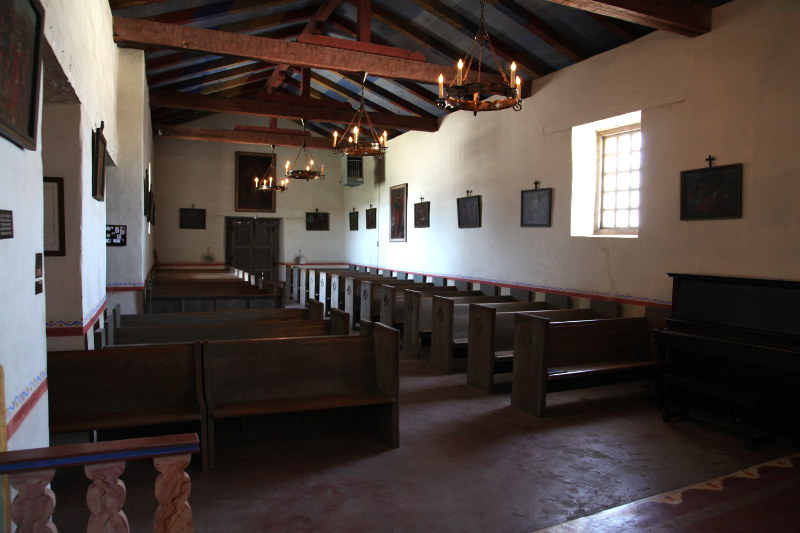
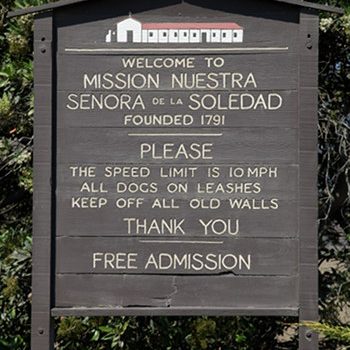
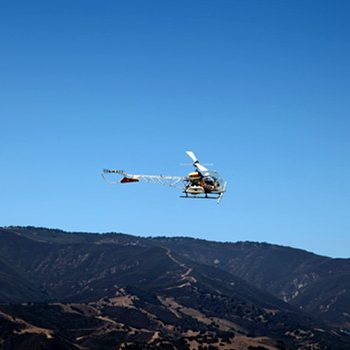
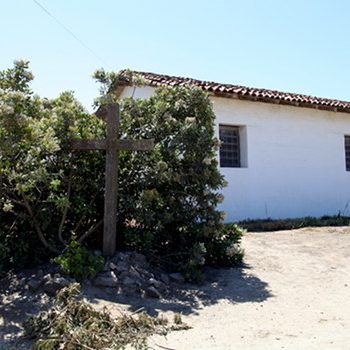
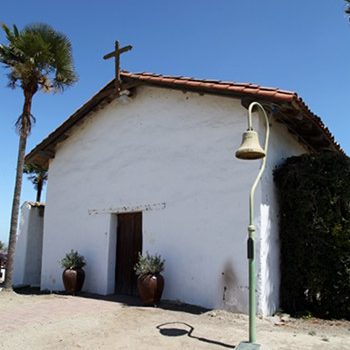
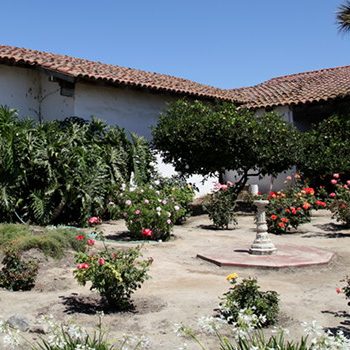
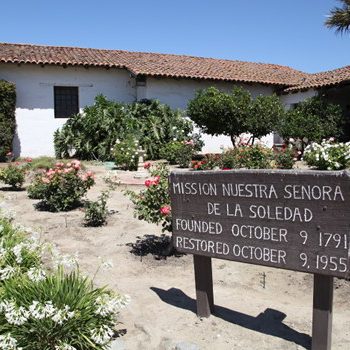
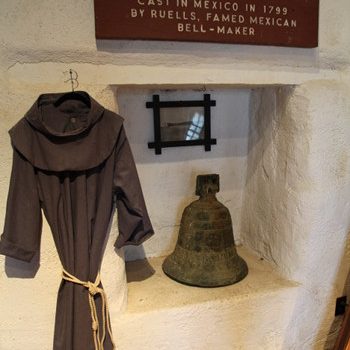
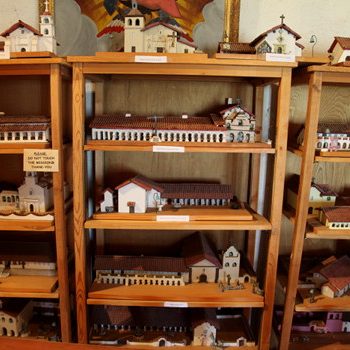
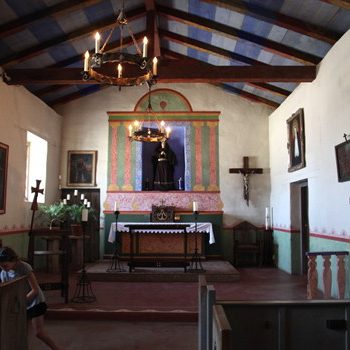
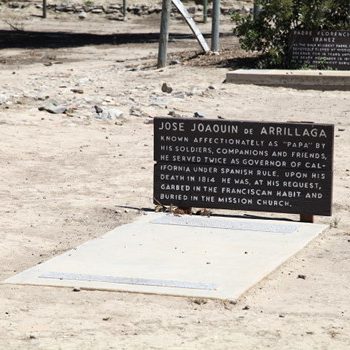
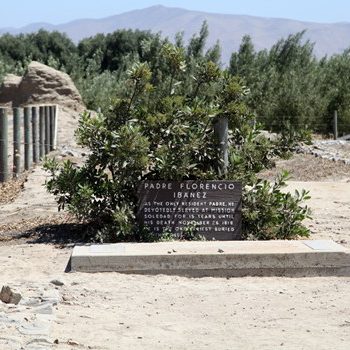
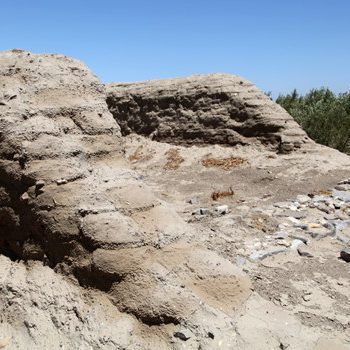
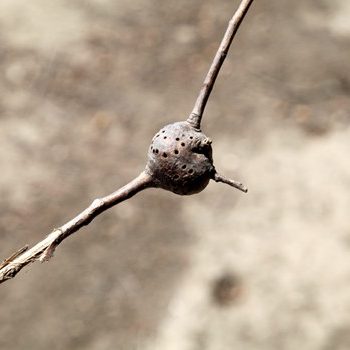
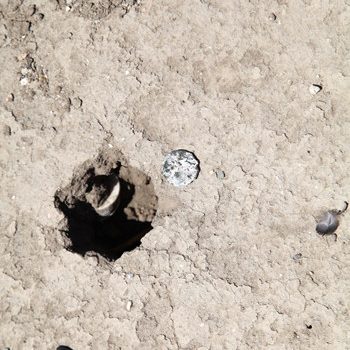
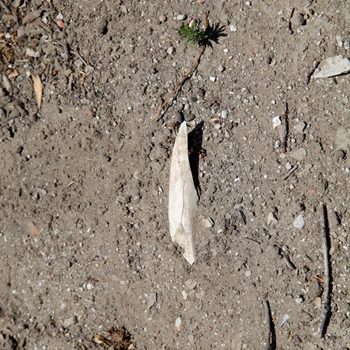
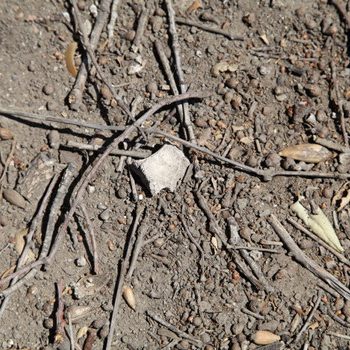
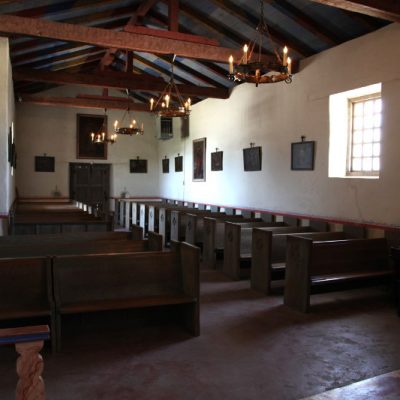
0 comments on “Mission Soledad”Add yours →